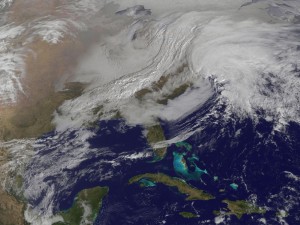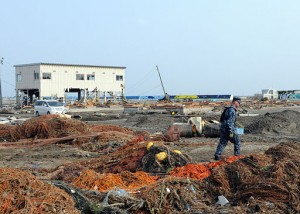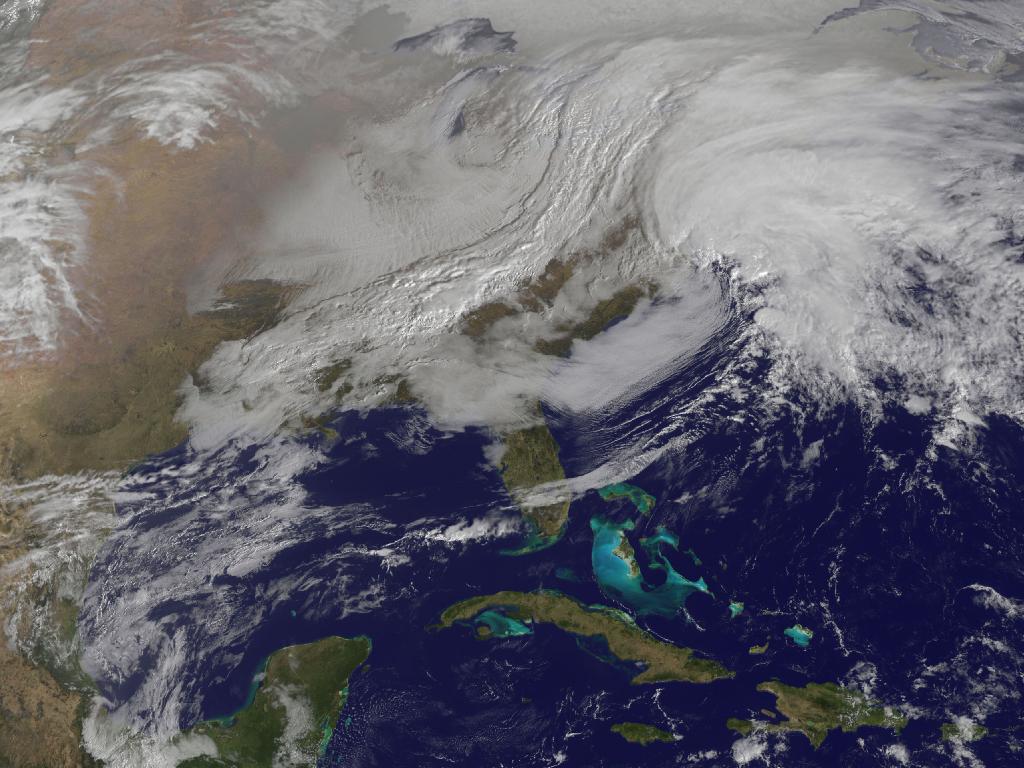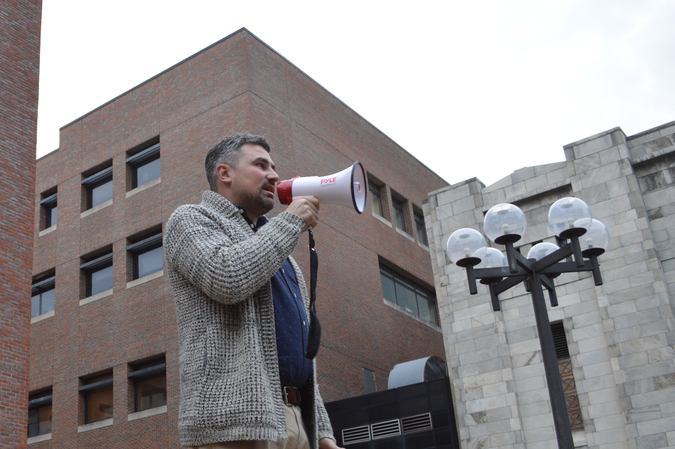
Amidst disaster and destruction, Twitter users will never fail to find the humor. @HURRICANESANDY’s sass brought laughs to the October hurricane, and @Hurricane_Irene of 2011 had attracted 25,000 followers with its witty lines.
The Weather Channel’s nickname for our most recent storm, Nemo, was basically asking for it. Possibly the most popular parody was @nemoflakes, spitting out one-liners like, “My luckyfin is going to slap the northeast silly!” and “The only reason I’m dumping 3 feet of snow on New England is because …. Tom Brady. #nemo.” This account, however, seems to owe partial success for laughter during the storm to its former Hurricane Sandy followers. Back in October, this same account Tweeted lines such as, “Guys don’t leave me hanging up there, I’m getting winded. Love, Sandy,” and “I’M FADING, CANADA HERE I COME.” Go back even further, and this account was actually a normal guy (go figure).
Just as 2012 was the year of the meme, 2013 is predicted to be the year of the parody. At least 15 Nemo parody accounts coming up from a quick search proves this prediction valid. These days, as many people watch events unfold and follow breaking news, they instantly turn to Twitter to send the message out.
The power of those 140 characters doesn’t stop at just laughs – Twitter can save lives. Yep, it’s true. Throughout the massive cleanup efforts of Nemo, Twitter has once again proven an indispensable tool in the midst of a public state of emergency.
Instead of turning on the TV and anxiously awaiting The Weather Channel or NBC’s broadcast of a brave meteorologist bearing the weight of the storm to get updates to viewers, more and more people have turned to the world of social media to get vital information fast. With easy searches and instant updates, the social aspect of the site is set on the back burner during times of crisis.
The company has recently responded by launching a new feature: Lifeline. Currently only available in Japan, Twitter is helping people access critical information at times of crisis. By searching their postal code, people can find accounts from local media and utility companies, as well as their district and city governments. The best and most reputable sources will be found to get vital information to the people who need it, as quickly as possible.
Jinen Kamdar, Project Manager of the Tokyo Twitter team, posted to the Twitter blog: “Since Twitter often becomes a de facto lifeline during crises everywhere, we hope to eventually expand this functionality to more locations around the world.”
An app similar to Lifeline, Ushahidi, recognizes the power of social media users and crowd sources Twitter with SMS and email. During crisis, it allows digital volunteers to create maps for first responders in a disaster zone. The Marine Corps, the Coast Guard, and The World Food Program have used Ushadidi’s services in quite a few disaster response efforts.
News stations, correspondents, and experts have gotten wind of the power of the second most popular social media network, and tweeted real-time updates to the public.

An hour after the 8.9 magnitude earthquake and tsunami devastated Japan in 2011, Online Social Media reported 1,200 tweets per minute. Not only did the social media site bring thoughts and prayers to those affected, people were able to learn about emergency phone lines for non-Japanese speakers, shelters, and transportation schedules.
During the cleanup effort, USA Today reported that Ambassador John Roos received tweets such as, “Kameda hospital in Chiba needs to transfer 80 patients from Kyoritsu hospital in Iwaki city, just outside of 30km(sic) range,” and, “Some of them are seriously ill and they need air transport. If US military can help, pls contact (name withheld) at Kameda.” The Ambassador was able to get help to the patients immediately. Without Twitter, this message would have had to travel through many people before reaching Roos, and these citizens may not have been gotten the help they needed.
Innovative Interactivity Spanish editor Andrea Ballocchi wrote an ode to the importance of social media after her experience in the aftermath of the Chilean earthquake of 2010. She notes people, “sharing emergency phone numbers, links with missing person lists, a recompilation of information sites, and many other news articles, photos and videos through the intuitive interfaces and real-time capabilities of Facebook and Twitter.”
These citizen journalists have been able to provide breaking information even faster than official alerts and correspondence. In times of crisis, people are able to communicate simply, effectively, and, most importantly, quickly to the people who need it most, undoubtedly saving lives. When all other forms of communication fail, smartphone users are often still able to access this resource.
In the end, however annoying some find the constant blabbering of friends, and however much we curse addictive nature of social media, the world is connected in a way that was once unimaginable, and we are benefiting from it.



